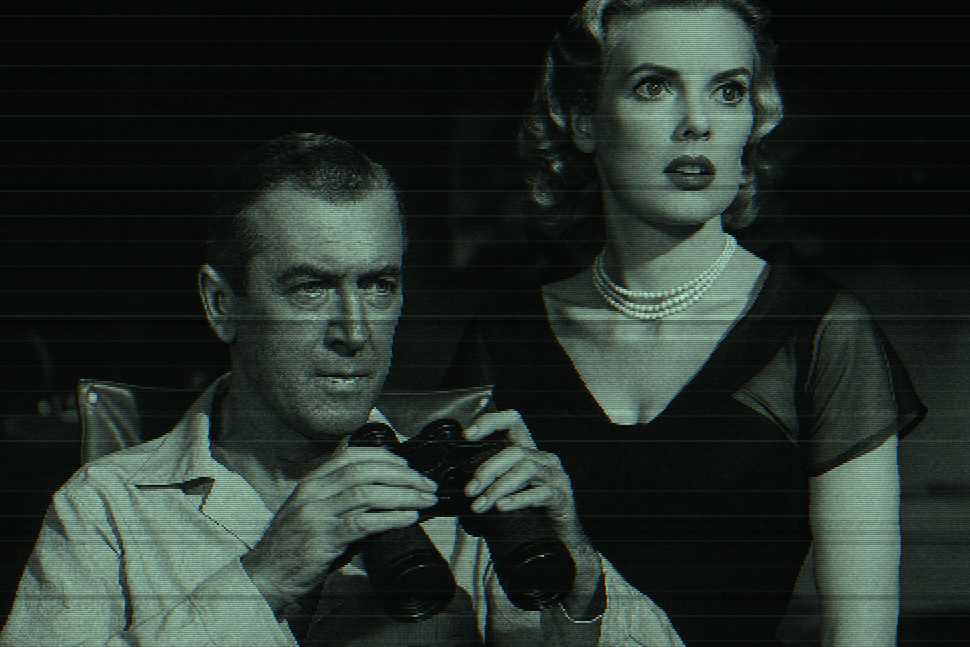
Rear Window 1954
This transmission centers on a human immobilized by injury, confined to a small dwelling, and surrounded by windows that offer clear views into the private routines of neighboring lifeforms. The subject occupies his time by observing others through magnification equipment, documenting patterns, and drawing conclusions based on posture, lighting, and luggage.
He shares his findings with visiting humans — a romantic companion and a personal care assistant — who initially resist his theories, but eventually join in. Their collective scrutiny shifts from passive to investigative when a neighboring male exhibits suspicious behavior: the sudden absence of his mate, unusual nighttime activity, and flowerbed maintenance under questionable timing.
Rather than contact authorities with formal evidence, the observers conduct their own amateur investigation, escalating to physical intrusion and direct confrontation. Their suspicions prove accurate: the male neighbor has committed a murder and attempted to conceal it using domestic objects.
Throughout the process, ethical concerns are acknowledged but ignored. The subject justifies his surveillance as curiosity, then necessity. His visitors accept this transition with little resistance. The distinction between crime prevention and recreational spying becomes irrelevant.
Conclusion: When confined, humans become highly observant, but selectively so. Their ethical boundaries are flexible, particularly when observation leads to narrative. Curiosity often precedes justification, not the reverse.
This record indicates that humans assign moral weight based on context and familiarity. Nebulon may exploit this by framing invasive monitoring as neighborly concern — particularly if conducted through a charming lens.
